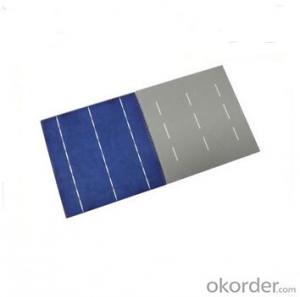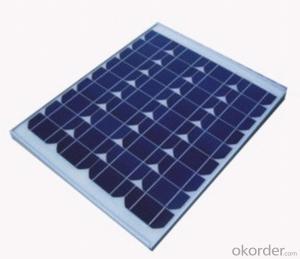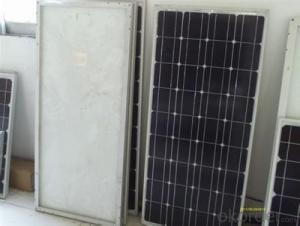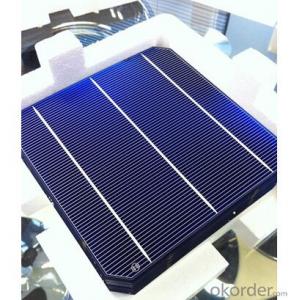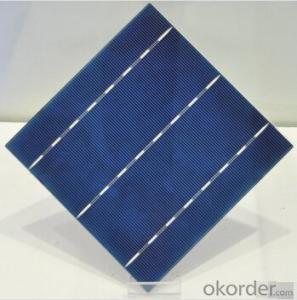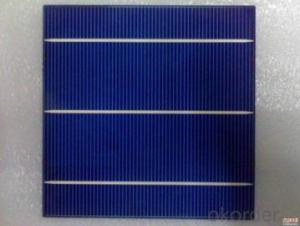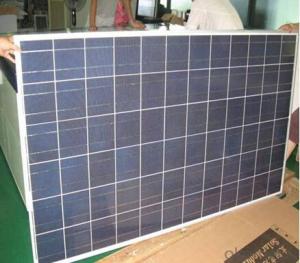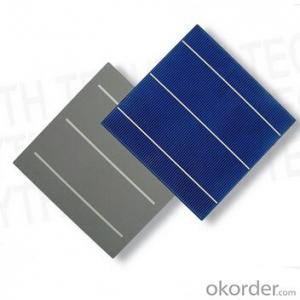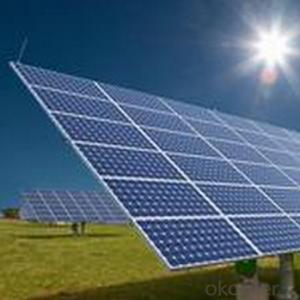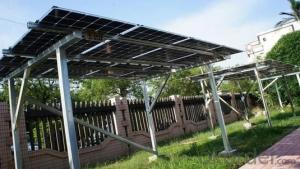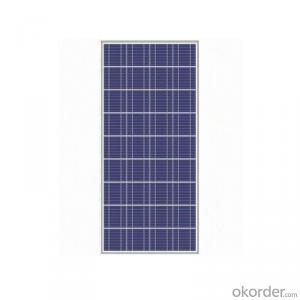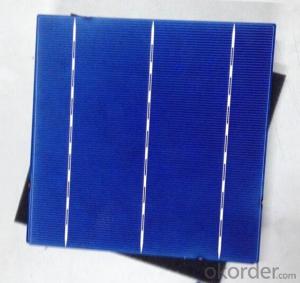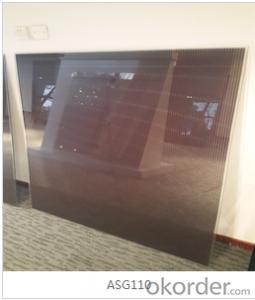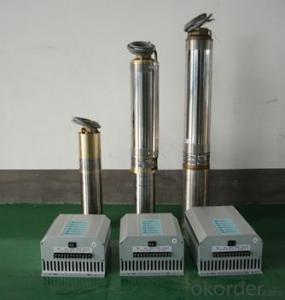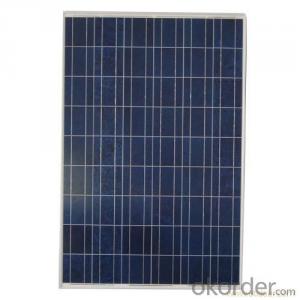Cigse Solar Cells
Cigse Solar Cells Related Searches
Cztsse Solar Cells Cis Cigs Solar Cells Cdte Solar Cells Cesi Solar Cells C Si Solar Cells Cigs Solar Cells Cdte Thin Film Solar Cells Cigs Solar Module Csiro Printed Solar Cells Biogenic Solar Cells Cis Solar Module Si Solar Cells Compact Solar Cells Algae Solar Cells Cdte Solar Module Loose Solar Cells Cigs Thin Film Solar Cells Chinese Solar Cells Crystalline Solar Cells Czts Thin Film Solar Cells High Quality Solar Cells Pid Free Solar Cells Cubesat Solar Cells Free Solar Cells Ibc Solar Cells Roof Shingle Solar Cells Chalcogenide Solar Cells Solar Energy Cells Nano Solar Cells Chipped Solar CellsCigse Solar Cells Supplier & Manufacturer from China
CIGS Solar Cells are a type of thin-film solar cell that utilizes a compound semiconductor absorber layer made of copper, indium, gallium, selenium, and sometimes sulfur. These cells are known for their high efficiency and flexibility, making them a popular choice for various applications. They are widely used in residential, commercial, and industrial settings, as well as in off-grid and portable power solutions. Their ability to generate electricity even under low-light conditions and their lightweight nature make them ideal for a range of usage scenarios.Okorder.com is a leading wholesale supplier of CIGS Solar Cells, offering a vast inventory to cater to the diverse needs of customers worldwide. With a commitment to quality and customer satisfaction, Okorder.com ensures that the CIGS Solar Cells they provide meet the highest industry standards. Their extensive range of products is suitable for various applications, from small-scale residential installations to large-scale commercial projects. By partnering with Okorder.com, customers can access a reliable source of CIGS Solar Cells and benefit from their expertise in the field.
Hot Products
